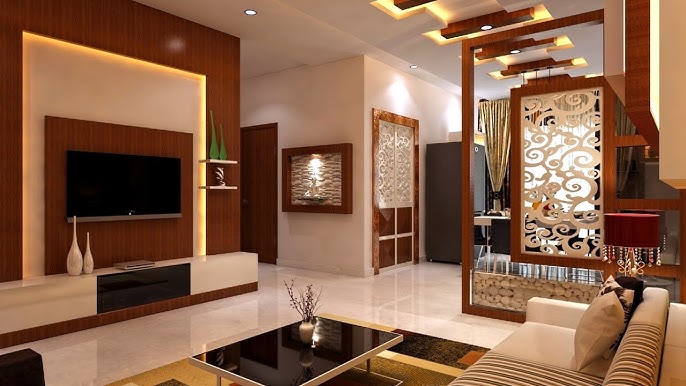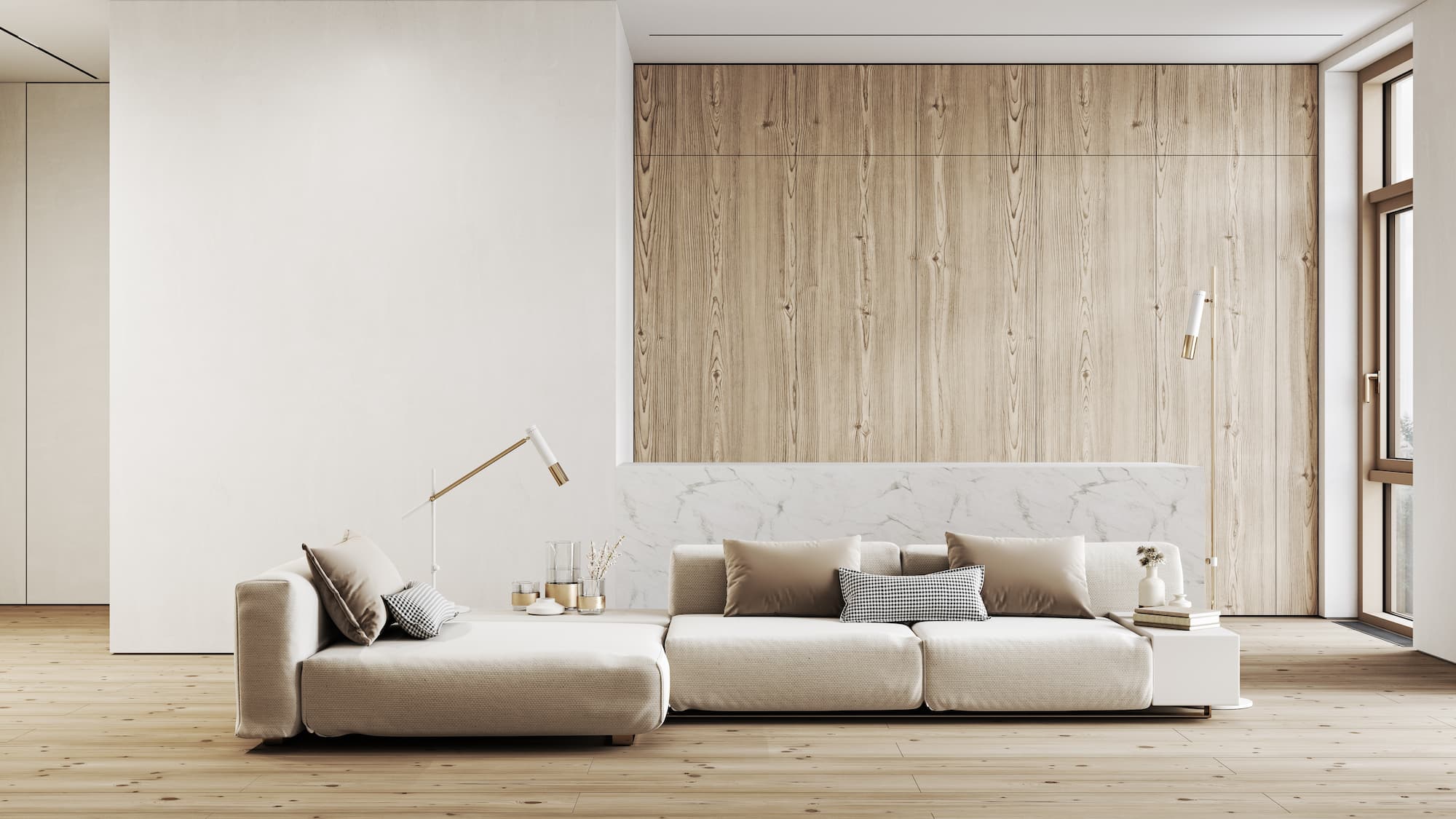Transform Your Home With Necessary Principles of Interior Decoration and Appearances
The art of transforming your home through the vital principles of interior decoration and looks needs a thoughtful strategy that balances shade, equilibrium, and spatial awareness. By understanding the effect of color concept and the relevance of texture and patterns, one can produce areas that are not just visually attractive however also deeply individual. Attaining this balance includes more than plain decoration; it encompasses a critical plan and an eager understanding of how each element communicates within an area. As we discover these fundamental concepts, think about exactly how they might redefine your understanding of home and personal expression.
Understanding Color Concept
Color theory is a fundamental element of indoor design that substantially influences state of mind, understanding, and overall visual. Recognizing the concepts of shade concept enables designers to produce rooms that resonate emotionally with passengers while meeting functional requirements (miami interior design). Shades can be categorized into 3 key types: main, additional, and tertiary. Each classification plays an essential role in developing consistency within an area.
The emotional effect of shades is profound; warm hues such as reds and oranges evoke energy and heat, while awesome tones like blues and environment-friendlies advertise calmness and harmony. In addition, the use of corresponding colors boosts aesthetic rate of interest, creating striking contrasts that can elevate a space's allure.
Neutral colors, on the other hand, serve as a versatile background, allowing other design elements to radiate. It is important to take into consideration variables such as lights and the room's objective when picking a shade combination, as these can change the assumption of colors throughout the day.
Inevitably, a well-considered color pattern can change a room, cultivating a sense of comfort and style that aligns with the residents' preferences. Proficiency of color concept is, as a result, a crucial ability for any interior designer aiming to create unified and inviting settings.
Attaining Equilibrium in Layout
Exactly how can developers accomplish a feeling of stability in their rooms? Achieving equilibrium in layout is basic to creating unified interiors.
Asymmetrical equilibrium, on the other hand, depends on differing aspects that still achieve a natural appearance. This strategy enables even more dynamic and casual setups, supplying rate of interest while maintaining stability. By carefully selecting differing dimensions, colors, and textures, designers can develop an aesthetically compelling area that feels well balanced yet energised.
Radial equilibrium emphasizes a main centerpiece with elements emitting external. This style is frequently seen in round formats, where furniture and decoration produce a natural surround that attracts the eye internal.
Eventually, attaining equilibrium needs thoughtful factor to consider of scale, percentage, and the connections between aspects. interior design firms. By masterfully using these balance concepts, developers can transform areas right into atmospheres that feel both aesthetically pleasing and functionally harmonious, improving the overall experience for residents
Value of Spatial Understanding

An eager feeling of spatial understanding permits developers to recognize prime focus within a room, assisting the customer's focus to vital functions while maintaining an overall feeling of unity. It likewise assists in the critical placement of lights, which can drastically influence the assumption of area and mood. Recognizing spatial relationships makes it possible for the developer to cater to the details requirements of citizens, guaranteeing that each area serves its desired purpose without jeopardizing aesthetic appeals.
Inevitably, spatial understanding is important for maximizing the possibility of any kind of interior room. By meticulously considering the interaction in between measurements, layout, and function, designers can create settings that not just fulfill functional requirements but additionally evoke a sense of convenience and charm, improving the general living experience.
Integrating Texture and Patterns
Accepting a varied variety of textures and patterns can dramatically improve the visual and tactile appeal of an indoor area. The tactical use different products-- such as timber, metal, textile, and rock-- produces deepness and passion, making an area feel a lot more inviting and dynamic. Combining smooth surface areas with rough structures can develop an equilibrium that draws the eye and involves the detects.
When incorporating patterns, take into consideration both range and repetition. Big patterns can offer as Check Out Your URL focal factors, while smaller sized, subtle layouts can match other aspects without frustrating the space. Layering patterns, such as pairing flower paddings with candy striped tosses, includes intricacy and a feeling of harmony if implemented attentively.
It is additionally vital to keep a natural shade palette, making certain that appearances and patterns function together rather than complete for focus. By selecting a couple of essential structures and patterns, you can produce an unified visual that mirrors your personal design while improving the overall atmosphere of the room. Eventually, the cautious unification of these components can transform a mundane area into an advanced setting abundant with character and warmth.
Customizing Your Space
Developing an area that shows your personality is important to accomplishing a genuinely welcoming setting. Personalization in interior decoration visite site allows you to infuse your special design and interests into your home, transforming it from a plain shelter right into a refuge that talks to that you are. Begin by picking a shade combination that resonates with your feelings-- strong shades can stimulate, while soft tones offer serenity.
Integrate art work and style that mirror your passions, whether it be traveling, nature, or abstract ideas. Showing personal collections, such as books, photos, or mementos, can evoke cherished memories and develop focal factors within a room. Additionally, take into consideration personalizing useful pieces, like upholstered furnishings, to line up with your aesthetic preferences.

Verdict
In final thought, the makeover of a home through the crucial principles of interior style and aesthetics requires a additional reading detailed understanding of shade concept, balance, spatial awareness, structure, and customization. Each component adds considerably to creating a harmonious and practical living atmosphere - miami interior design. By thoughtfully integrating these principles, individuals can enhance the visual appeal and emotional resonance of their spaces, ultimately fostering a home that shows special identities while supplying convenience and functionality